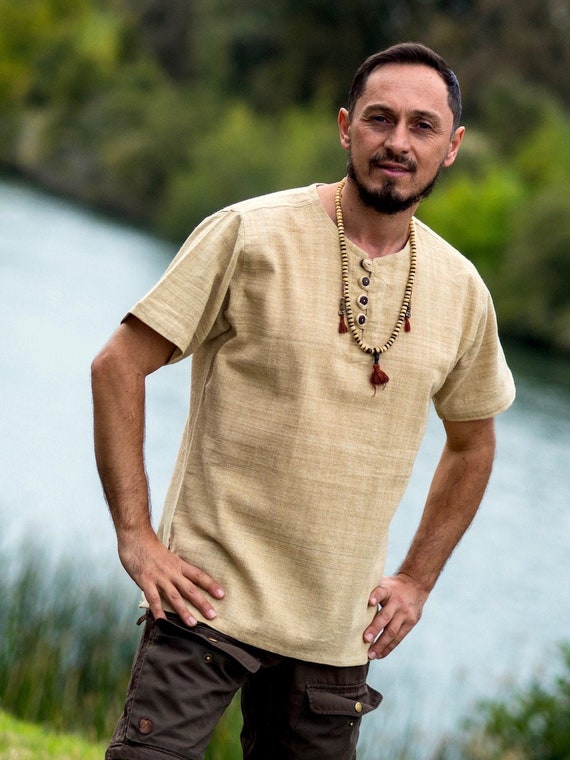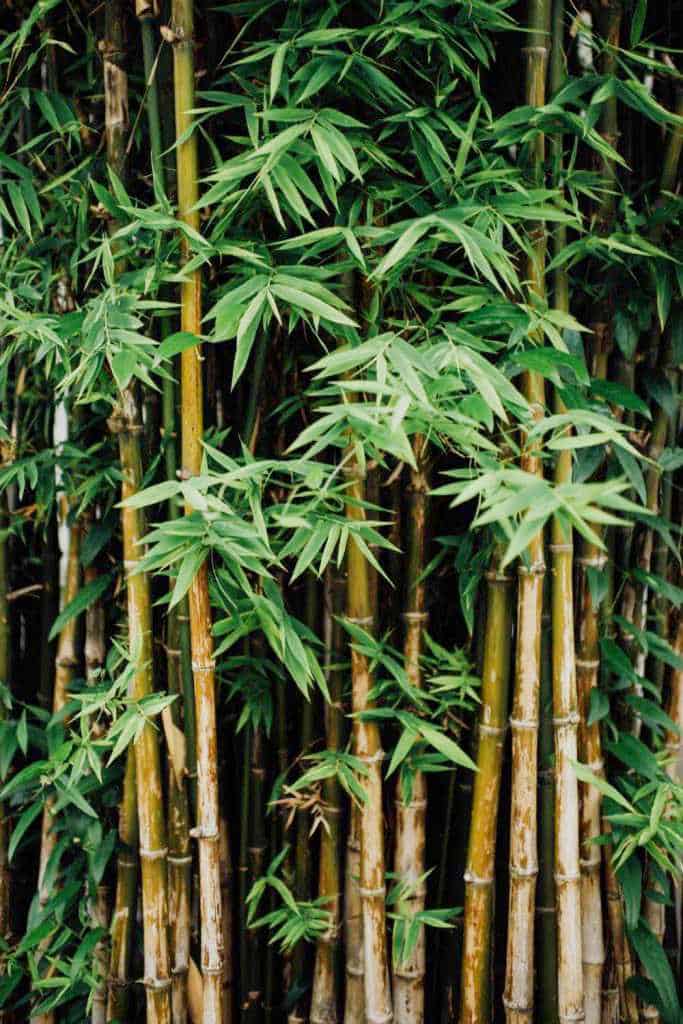Excellent Reasons On Choosing Hemp Clothing
Wiki Article
What Are Some Advantages Hemp Clothing That Is Low Impact Can Offer The Environment.
Low impact fiber hemp clothing provides numerous environmental advantages when compared to clothes made of other materials. These include synthetic fibers, cotton and traditional cotton. Hemp clothing is eco-friendly. Hemp is fast growing and requires less chemicals, water, and pesticides than other plants. Hemp grows well in all kinds of soils and climates. This helps reduce the use of chemicals used in agriculture.
Lower water usageReduced Water Usage Hemp typically uses significantly less water than conventional cotton, which is renowned for its high water consumption. This makes hemp an environmentally-friendly alternative for clothes.
Hemp can be grown in most instances without the use of pesticides or herbicides that are synthetic. It has a less environmental impact than chemical agriculture.
Soil Health- Hemp cultivation can enhance soil health due to its deep root system which can help prevent compaction and soil erosion. This also makes the soil more fertile to plant in the future.
Hemp is biodegradable. It degrades naturally over time, and it reduces the waste of textiles. In contrast to synthetic fibers such as polyester, which may take hundreds or even thousands of years to break down.
Lower carbon footprint. The production of hemp fibres is generally lower in carbon than the production of synthetic materials. Hemp can also be a carbon sink since it absorbs CO2 from the atmosphere as it is expanding.
Hemp clothing is known to be durable and long lasting. Hemp clothing that is of the highest quality can last many years. This reduces the need to replace it regularly and is less wasteful.
Natural Pest Resistance Hemp plants have natural resistance to numerous pests, thus reducing the requirement for chemical insecticides.
Hemp is a versatile fabric, since it can be utilized in many different textile applications including clothing, bags and accessories. It's a renewable and trendy textile.
Regenerative Agriculture- Some sustainable farming practices include hemp into systems of regenerative agriculture that seek to improve and restore the ecosystem while also producing crops. This method can have a positive impact on the ecosystem.
The sustainability of clothing depends on numerous factors like the dyeing process, transport as well as the consumer behavior. As with any industry there are differences in standards and production practices. It's essential to pick organic clothing that is certified sustainable or organic to get the best environmental benefits. Check out the best hemp clothing for website advice including hemp button shirt, hemp fleece fabric, hemp clothing womens, jungmaven sweatshirt, hemp fabric by the yard, patagonia hemp shorts, hemp sweatpants, hemp sportswear, hemp sweatpants, hemp sweatpants and more.

What Are The Benefits Of Hemp Fibers That Are Breathable, Moisture-Wicking And Thermoregulatory Properties?
Hemp has unique chemical and structural properties that give it breathable, thermoregulating, moist-wicking, and wicking properties. These properties are due to the following aspects. Microstructure- Hemp fibres have a porous and hollow structure that allows air to circulate inside the fibers. The porosity of hemp fibers makes them highly breathable. The structure is weaved into fabric so that air can flow through. This improves airflow and prevents heat and moisture from being trapped against the skin.
Hemp fibers absorb moisture and wick away. Hemp is hydrophilic which means it has a high attraction to water. The fibers in hemp clothing absorb moisture, sweat, and eliminate the sensation that your skin is damp. Hemp fibers can also wick water away from your body by dispersing the moisture over a large surface area that lets it evaporate more quickly. The moisture-wicking properties keep you dry and comfortable when exercising or in hot weather.
Hemp fibers can regulate the temperature naturally. They can trap heat close to the skin's surface when it's cold. They also allow excessive heat and moisture to escape during hot weather, which can help you to cool down. Because of this inherent thermoregulatory characteristic, hemp clothes can be used for different conditions and temperatures.
Hemp fibres possess antimicrobial properties which aid in preventing the growth of bacteria responsible for unpleasant odors. This characteristic helps to keep hemp clothing clean and free of odors even after intense physical exercise.
Hemp fibers have a long life span and are durable. This means that hemp clothing can endure repeated washing and wear without loosing breathability or losing moisture-wicking properties. The long-lasting properties of hemp clothing extends its life span, decreasing the need to replace it and reducing the environmental impact.
UV Protection- Hemp fibers provide a degree of natural UV protection, protecting the skin from harmful ultraviolet radiation. This UV blocker is a part of hemp clothing’s versatility, which makes it perfect for outdoor activity.
It is important to remember the fact that these qualities are found in hemp fibers. They do not rely on chemical treatment or other additives. Hemp is a naturally-occurring fiber with many characteristics that make it suitable and sustainable for clothing. This is particularly true for activewear, outdoor wear and warm-weather clothes. These characteristics are also maintained when hemp fibers are transformed into textiles. They are the most sought-after materials for clothing that is eco-friendly. See the best hemp clothes blog for site tips including hemp shorts mens, hemp golf shirts, patagonia work pants hemp, hemp t shirt mens, 100 hemp shirt, hemp sweatpants, patagonia ranch jacket, hemp clothing for men, hemp jeans, hemp athletic wear and more.

What is the difference between bamboo and hemp fibers?
Two different fibers, hemp and bamboo both are utilized in textile production. Each of them has its own properties and distinctive characteristics. These are the key distinctions between hemp and bamboo fibers. Plant Source-
Hemp Fibers- Hemp fibers can be made from hemp stalks, and more specifically, the outer bast. Hemp is a multi-faceted and fast-growing plant, has been cultivated in a variety of ways over the centuries.
Bamboo Fibers- Bamboo fibers come from the pulp. Bamboo is a fast-growing grass species that is known for its quick renewal and sustainability.
2. Fiber Characteristics
Hemp- Hemp's fibers are highly durable and strong. They are one of the strongest natural fibers and get softer each time they're washed, so they're great for creating textiles.
Bamboo- Bamboo fibers are exceptionally soft and silky in texture. While they might not be as durable as hemp fibers, and are more delicate in certain circumstances but their softness to the skin is highly appreciated.
3. Texture The texture, feel and look
Hemp- Hemp has a somewhat coarse texture, particularly in its natural form. It can be comfy however it has a different texture compared to bamboo.
Bamboo bamboo fabric is smooth silky and incredibly soft. It is described as having the feel of silk and cotton.
4. Breathability is crucial, as well as moisture-wicking.
Hemp Fibers Hemp fibers help to absorb water, are naturally breathable. They can help keep you cool in hot weather.
Bamboo bamboo fibers are extremely breathable and moisture-wicking. They're also equipped with micro-gaps which enhance their capability to regulate the temperature and moisture.
5. Environmental Impact-
Hemp Hemp has been deemed an eco-friendly fiber due to its rapid growth, minimal water requirements as well as its resistance to insect bites which reduces the need to apply pesticides. It can also remove carbon dioxide from the air as it grows.
Bamboo is a well-known choice for environmentally friendly building materials. It grows rapidly, requires only a small amount of water, and can be grown with no synthetic herbicides or pesticides. Certain varieties of bamboo are thought to be very sustainable, for example Moso bamboo.
6. Processing-
Hemp- Hemp fibres need intensive processing to separate out the out the bast fibers on the outside and the inner woody core. Processing can include retting and decortication, in addition to mechanical separation.
Bamboo- Bamboo is usually created by a chemical process called the viscose- or rayon-process. This involves breaking down the bamboo pulp with chemicals. Some bamboo textiles however, use closed-loop processes to minimize the amount of chemical waste.
7. Versatility-
Hemp Fibers Hemp fibers can be used for a number of uses, which include textiles, clothing paper, building materials.
Bamboo The bamboo fibres are used primarily in clothing and textiles, but they can also be seen in other products such as towels and bedding.
Both bamboo and hemp possess distinctive properties that provide sustainable benefits. It's all about what you're looking for in a material, and how environmentally conscious you are. Check out the recommended bamboo clothes for website tips including onno bamboo shirts, bamboo clothing, onno bamboo shirts, cotton bamboo pajamas, bamboo yoga trousers, bamboo ladies pants, bamboo jeans, bamboo cotton pajamas, cheapest bamboo pajamas, childrens bamboo socks and more.
